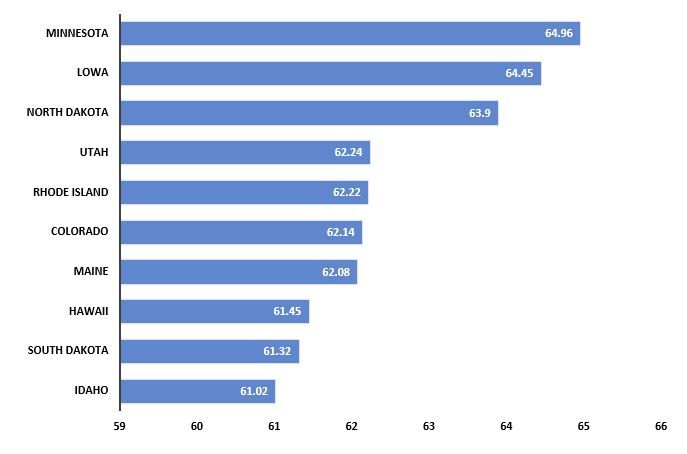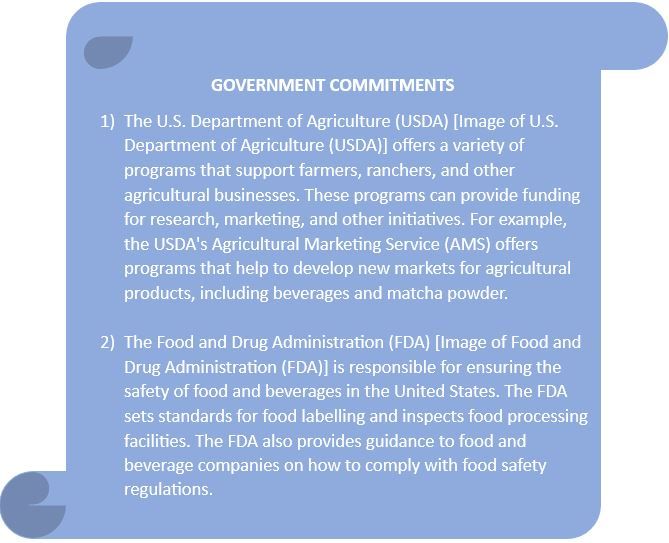Health and Wellness Boom: Exploring the Surging Popularity of Matcha Powder in the U.S
Introduction
The matcha powder market in the United States has experienced significant growth in recent years, driven by a surge in consumer interest in health and wellness products. Matcha, a finely ground green tea powder with roots in Japanese tradition, has gained popularity for its numerous health benefits and versatile culinary applications. As Americans increasingly prioritize natural and organic ingredients, matcha’s high antioxidant content and perceived metabolism-boosting properties have positioned it as a sought-after superfood. This trend is reflected in the growing availability of matcha-based products in supermarkets, specialty stores, and cafes nationwide, catering to diverse tastes and preferences. With its vibrant color, distinctive flavor profile, and association with holistic well-being, matcha powder continues to captivate the attention of health-conscious consumers in the U.S. market.
Unlock Insights into the Matcha Powder Market – https://univdatos.com/get-a-free-sample-form-php/?product_id=6693
Increasing Health Awareness:
The growing emphasis on health and wellness among U.S. consumers is a key driver for the matcha powder market. As people become more health-conscious, they are actively seeking out products like matcha powder that offer various health benefits, including high levels of antioxidants, vitamins, and minerals. Matcha is known for its potent antioxidant properties, particularly its high concentration of catechins, which are believed to have protective effects against certain diseases, including cancer and heart disease. This heightened awareness of the importance of nutrition and preventative healthcare contributes to the rising demand for matcha powder in the U.S. market.
Expansion of Café Culture:
The proliferation of cafes and specialty coffee shops across the United States has significantly contributed to the growth of the matcha powder market. Matcha-based beverages, such as matcha lattes and smoothies, have become popular menu items in these establishments, appealing to consumers seeking healthier alternatives to traditional coffee drinks. The rise of café culture not only exposes more people to matcha but also normalizes its consumption, driving increased demand for matcha powder both in the retail and food service sectors.
Culinary Innovation:
The versatility of matcha powder in culinary applications is fueling its growth in the U.S. market. Beyond traditional tea preparation, matcha is being incorporated into a wide range of recipes, including baked goods, desserts, savory dishes, and even cocktails. Its vibrant green color and distinct flavor profile add a unique twist to various culinary creations, appealing to chefs, bakers, and home cooks alike. As consumers become more adventurous in their culinary pursuits and seek out novel flavor experiences, the demand for matcha powder as a versatile ingredient continues to rise.
Influence of Asian Culture:
The influence of Asian culture on food and beverage trends in the United States has played a significant role in driving the growth of the matcha powder market. Matcha is deeply rooted in Japanese tradition, which is celebrated for its ceremonial significance and health-promoting properties. As interest in Asian cuisine and culture grows, so does the popularity of matcha-based products. Its association with mindfulness, tranquility, and holistic well-being resonates with U.S. consumers seeking products that align with these values, further driving demand for matcha powder.
Social Media Marketing:
Effective marketing strategies, particularly on social media platforms, have helped to raise awareness and generate buzz around matcha powder in the U.S. market. Influencers and health enthusiasts frequently showcase matcha-based recipes, drinks, and lifestyle content, reaching a wide audience and sparking interest in the product. This digital word-of-mouth marketing has proven to be highly influential, especially among younger demographics who are active on social media platforms. The visually appealing nature of matcha-based creations, coupled with their perceived health benefits, makes them highly shareable content, driving further exposure and demand.
Product Accessibility:
The increased availability of matcha powder in retail outlets and online platforms has made it more accessible to consumers across the United States. In addition to specialty tea shops and health food stores, mainstream supermarkets and e-commerce sites now stock a wide range of matcha products, including powdered tea, ready-to-drink beverages, and culinary-grade matcha for cooking and baking. This enhanced accessibility makes it easier for consumers to purchase matcha powder and incorporate it into their daily routines, contributing to the overall growth of the market.
Fig1: Health system ranking of Top 10 states in the United States (by health index score)

U.S. Government Policies and Incentives

Conclusion
The matcha powder market in the United States is experiencing a period of robust growth driven by several key factors. The increasing health awareness among consumers, coupled with the rising popularity of wellness trends, has propelled matcha powder to the forefront of the beverage and culinary industries. The expansion of café culture and culinary innovation has further fueled demand for matcha-based products, offering consumers a wide array of options beyond traditional tea preparation. Moreover, the influence of Asian culture, effective social media marketing, and enhanced product accessibility have all contributed to the widespread adoption of matcha powder across the nation. As matcha continues to captivate the attention of health-conscious consumers seeking natural, nutrient-rich ingredients, the market is poised for sustained growth. With its versatile applications, vibrant flavor profile, and association with holistic well-being, matcha powder is likely to remain a staple in American households, cafes, and restaurants for years to come.
